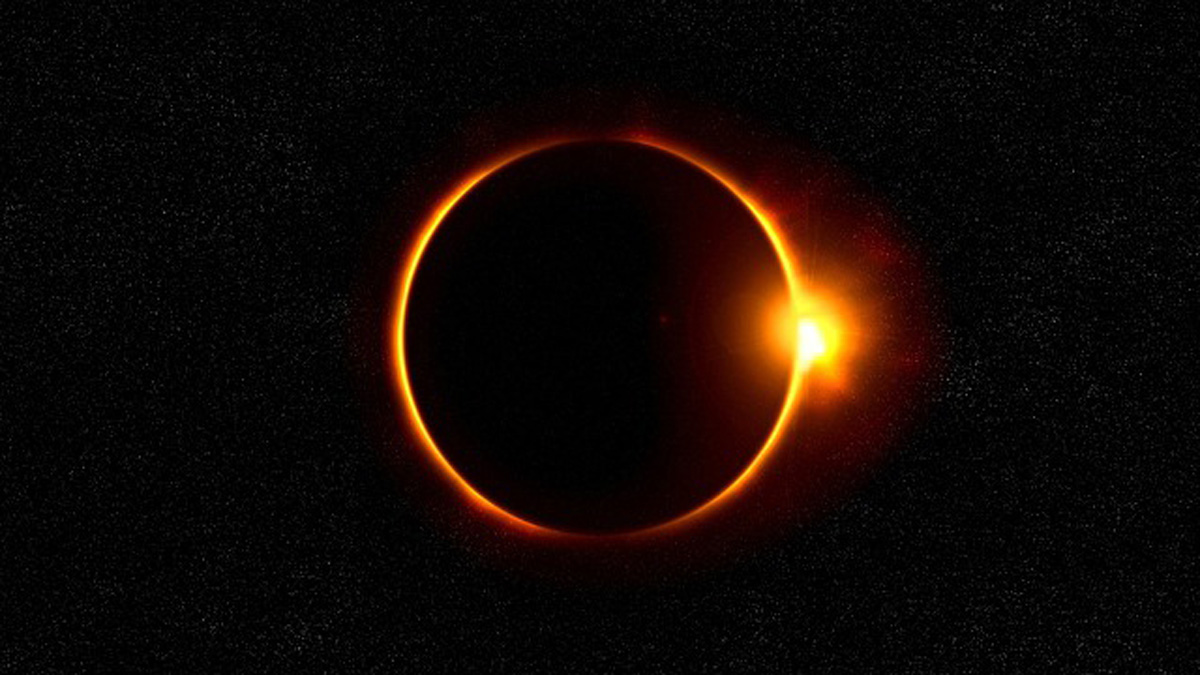
On April 20th, a rare hybrid solar eclipse occurred, which was visible from a limited region in the southern hemisphere, including the southern parts of Chile and Argentina, and the South Atlantic. The eclipse began as an annular solar eclipse and later turned into a total solar eclipse. This type of eclipse is called a “hybrid eclipse.”
A hybrid eclipse occurs when the moon’s distance from Earth is just right so that it appears smaller than the sun. The moon’s shadow will then only fall on a small area of the Earth’s surface, creating a narrow path where the total eclipse can be seen. In other regions, a partial eclipse will be visible.
Many people around the world were able to experience this phenomenon virtually through live streams on various websites, including the Virtual Telescope Project and the Slooh network. The next solar eclipse will occur in October 2023 and will be visible from parts of the United States, South America, and Antarctica. It will be a partial solar eclipse rather than a total or hybrid eclipse.
Leave a Reply